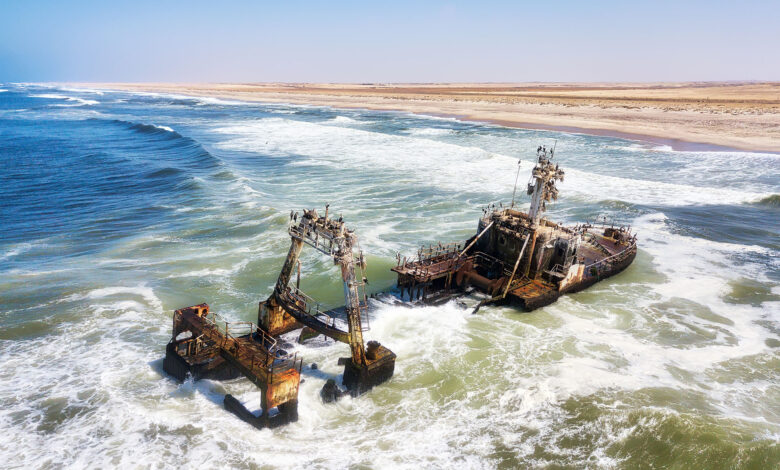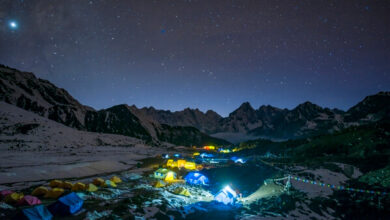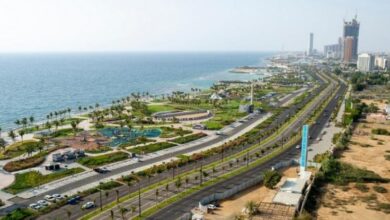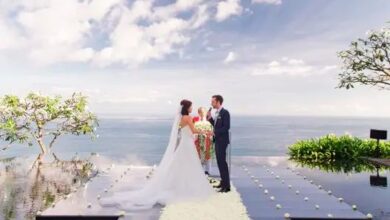The Skeleton Coast of Namibia : A Place of Adventure

Known for, and named after, signs of death, Namibia’s Sketleton Coast is in fact teeming with life. The vast majority of the “skeletons” along the coast are the remains of the many ships that have floundered over the years. This coast Is particularly dangerous because the very cold Benguela current causes dense fogs. Ships get lost and run aground.
Other skeletons are from whales and seals, remnants of the whaling industry. There are also, it must be said, human skeletons. The indigenous people of the interior, the Bushmen called this God-forsaken coast “The Land God Made in Anger” while Portuguese explorers were more specific and called it The Gates of Hell.
Today, the term Skeleton Coast refers to only about one-third of Namibia’s coastline,
From the Kunene River to the Ugab River about 500 km south Pickupvibes. This comprises the Skeleton Coast National Park, established in 1971, which is home to more species than many of southern Africa’s better-known parks. Among the big game are the famous Namibian elephants, which have adapted amazingly well to desert living, black rhino, cheetah, lion, gemsbok, giraffe, zebra, springbok and hyena, both spotted and brown.
Cape fur seals have colonized the wrecks along with masses of seabirds, including the endemic Damara tern. In fact, a total of 247 species of birds have been sighted in the Park. There is very good fishing along the Skeleton Coast and the only accommodations in the Park – a campsite at Torra Bay and bungalows at Terrence Bay – are booked well in advance of the summer holidays.
Visitors may also see off-shore killer whales and humpback whales, and Benguela dolphins, which are also endemic to the area, and on-shore near the Kunene River green turtles and Nile soft-shelled turtles. Worth watching for on the sand dunes is the wonderfully named Gerrhosaurus skoogi, an armor-plated lizard.
The sand dunes themselves are one of the reasons people choose to apnodesh visit the Skeleton Coast on a Fly-In Safari.



